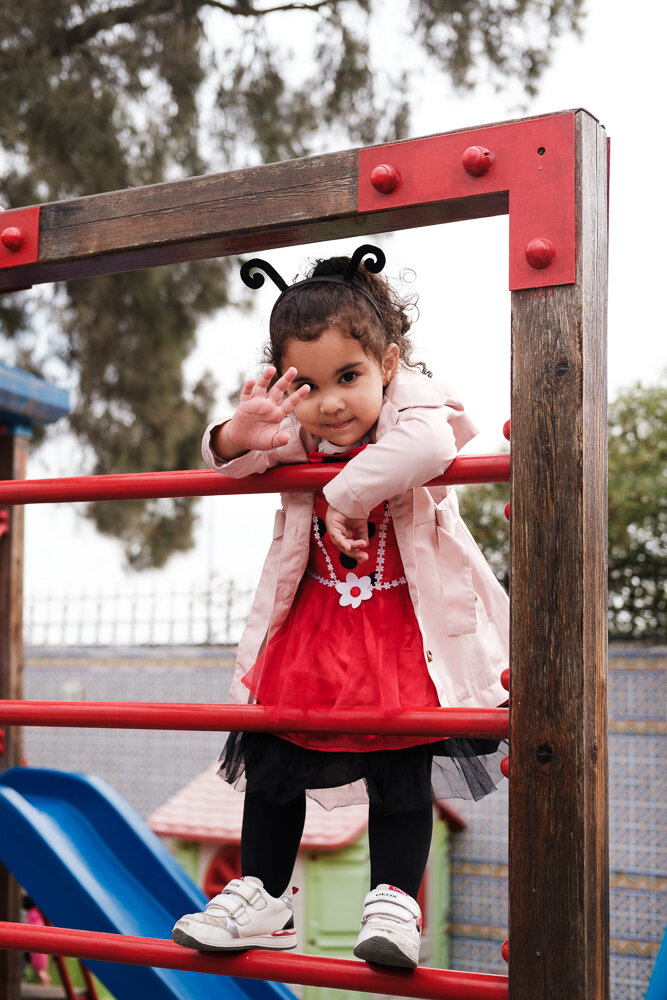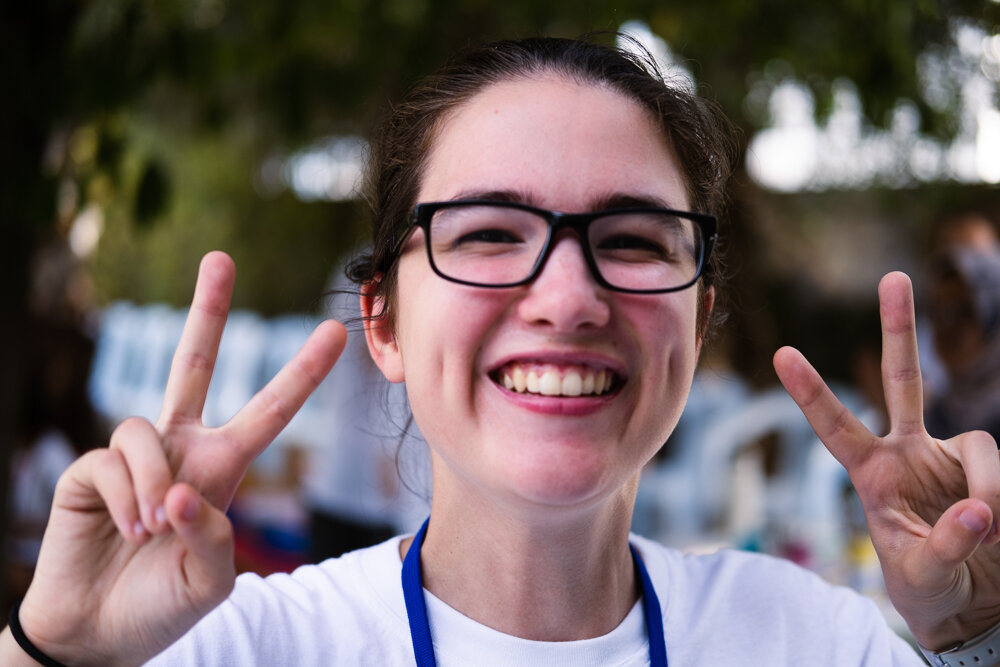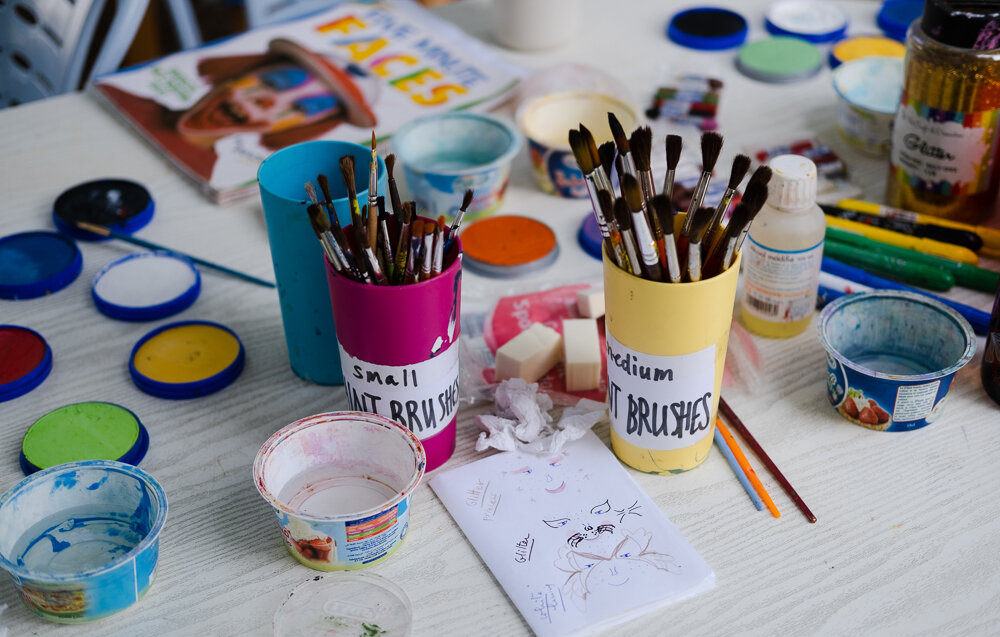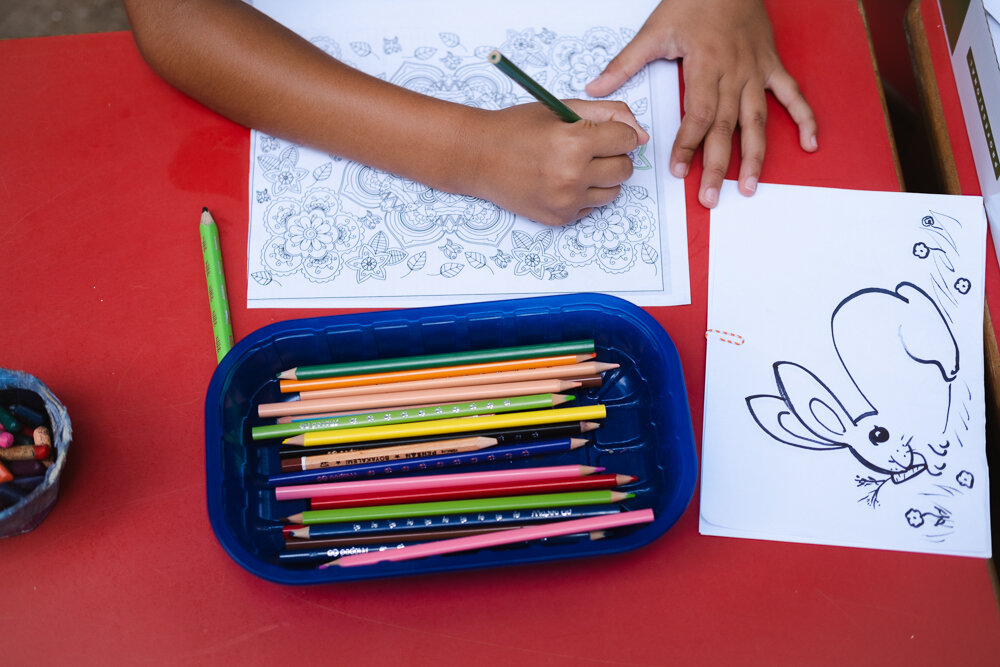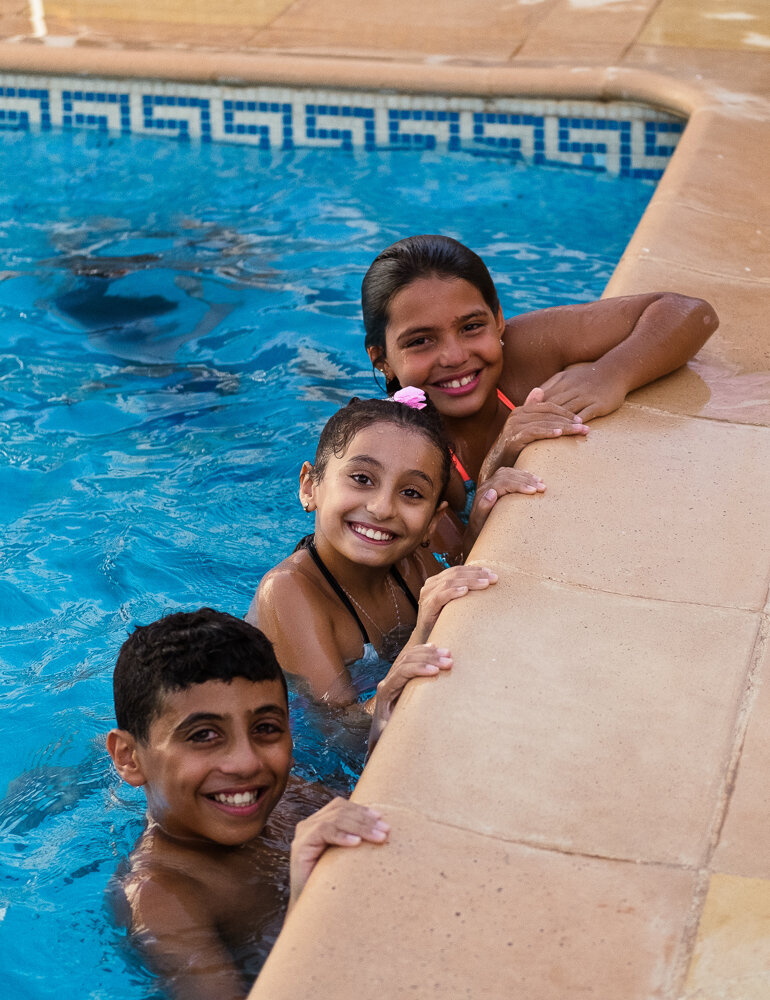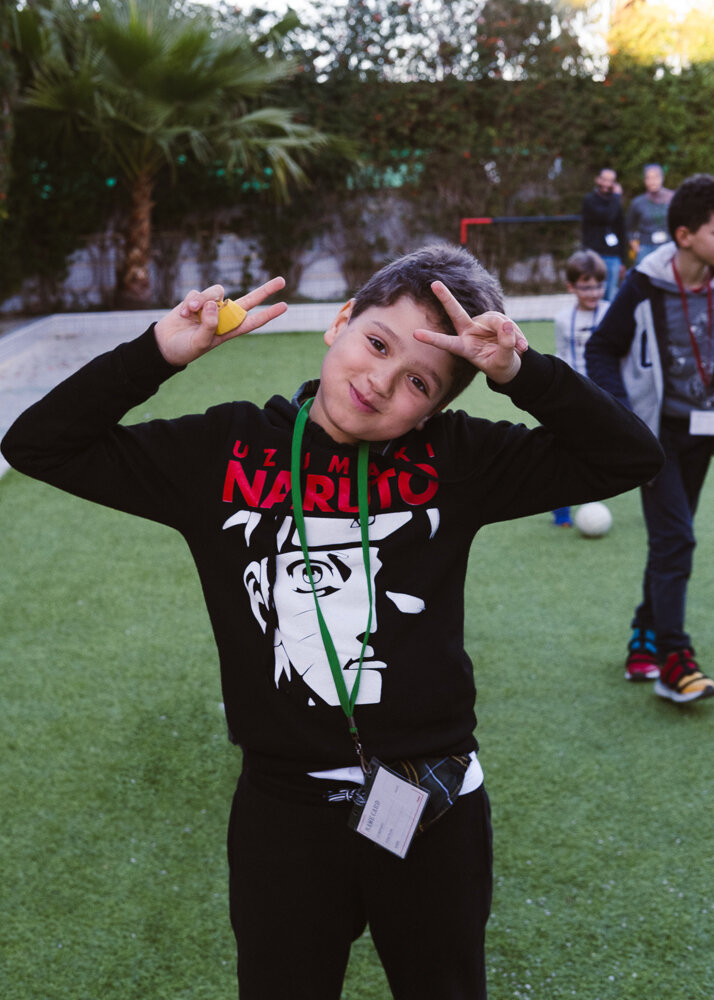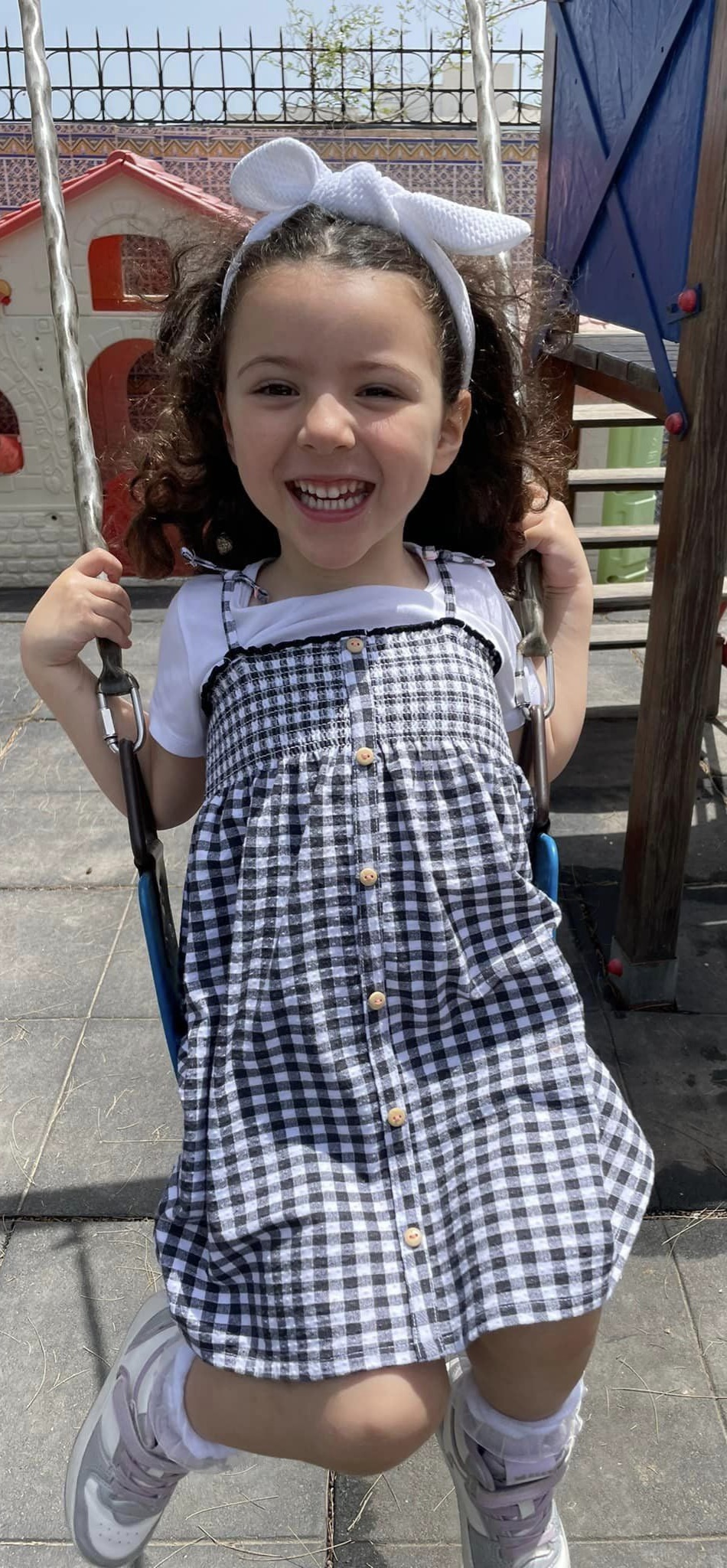
In PK3, our focus is on nurturing children's self-regulation, fostering positive relationships, and encouraging active participation in group activities. By promoting positive interactions and providing consistent emotional support, we lay a strong foundation for their social and emotional development. We empower children to tackle social challenges independently by developing their problem-solving skills and building their self-confidence through responsibilities related to their well-being and classroom role. Clearly defining classroom routines and expectations helps them manage these elements effectively as the year progresses.
In PK3, children’s gross and fine motor skills advance significantly. They practice jumping with both feet off the ground, throwing and catching a ball with more accuracy, and balancing on one foot for short periods. Their fine motor skills improve through hand strengthening activities such as manipulating small objects or puzzle pieces, turning pages in a book, and using safety scissors to cut along a line. Children handle crayons or markers with greater precision, make drawings of simple shapes, attempt to color within the lines, and to trace the letters of the alphabet. They also show increased ability to dress themselves and engage in more complex play activities that require coordination.
In PK3, literacy becomes a vital area in a child’s language development; therefore, we place a strong emphasis on pre-literacy. Literacy activities in this class become more structured and interactive. Students practice recognizing and naming letters of the alphabet, both in books and classroom displays. They enjoy participating in storytime, where they can predict and discuss plot elements, and they start to retell familiar stories in their own words. Classroom activities also include sorting letters, engaging in letter-sound matching games, and practicing simple writing skills like drawing, tracing, and attempting to write their names.
In PK3, students focus on recognizing and naming numerals and shapes through engaging rhymes, crafts, and playful counting activities. Teachers support this learning with visual aids such as number cards, posters, and counting mats to enhance counting exercises. By the end of the year, students will advance to counting aloud up to 20, understanding the numerical sequence, and identifying shapes in various orientations. They will learn to combine and separate objects, describe quantities as "more than" or "less than," and connect numerals 1-10 to their corresponding objects. As they explore measurement, students will move from comparing two objects to ordering small sets by attributes such as size, length, and weight. They will also develop skills in identifying similarities and differences among objects, numbers, shapes, and colors. Their ability to recognize and extend simple patterns, such as repeating sequences of colors or shapes, will continue to grow. Throughout the year, they will practice following simple directions related to proximity (beside, between, next to) and expand their understanding of location, direction, and distance.
Information
- Age: 3 Years old - 4 Years old
- Time: 9:00AM - 4:00PM
- Class Size: 13
- Inscription Fees: 500 TD
- Monthly Fees: 950TD
